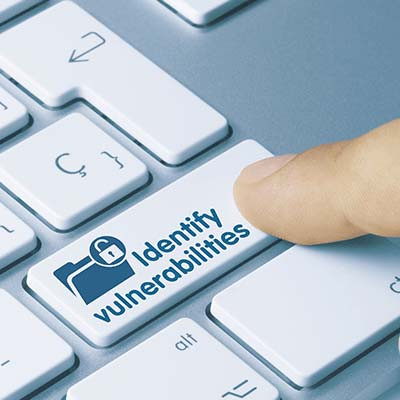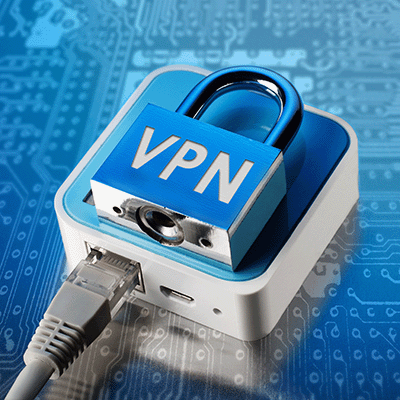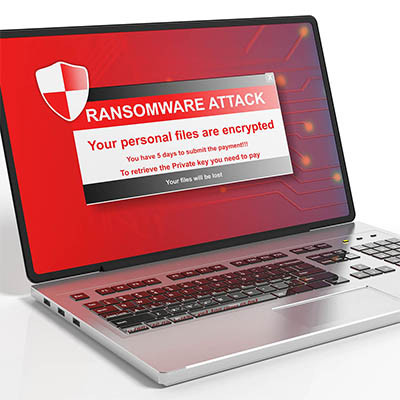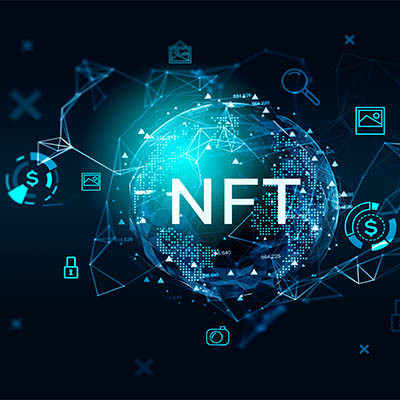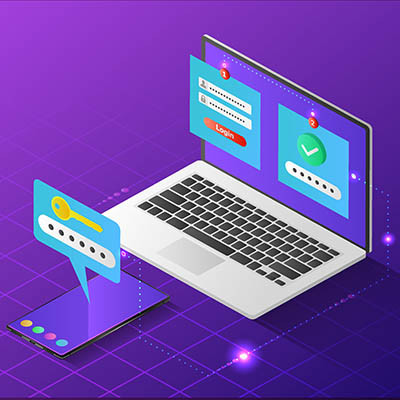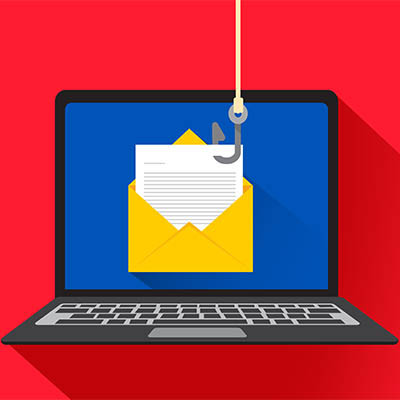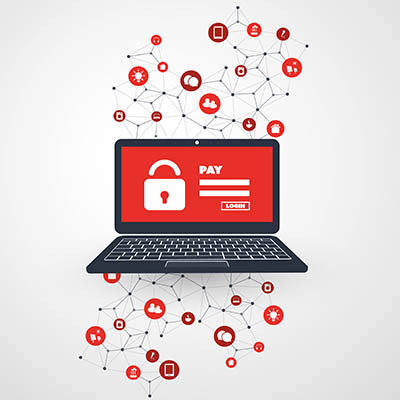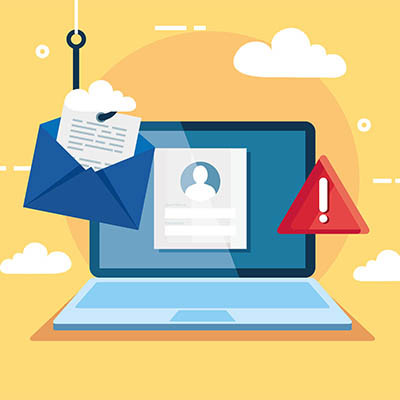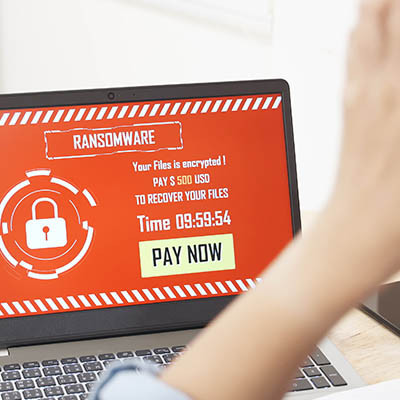Ferrum Technology Services Blog
Phishing scams have been around for a long time, and they have only grown more convincing and more dangerous. Some businesses can’t even tell the difference between phishing scams and legitimate messages! How can your organization take the fight to phishing emails? It all starts with knowing what to look out for.
Do you remember the series of high-profile infrastructure attacks that occurred not so long ago this year? Well, now the United States government is taking matters into its own hands by ordering the patching of various vulnerabilities in affected systems. It’s a massive effort to thwart hackers and other cyberthreats from taking root in vulnerable systems.
Smart devices have enabled individuals and businesses to push the limits of connectivity, allowing them to have unprecedented amounts of control over their offices and homes. People can turn down their thermostats or lock the front door with the click of a button, as well as control how much power their homes consume. However, security is a pain point for these types of connected devices.
With the massive shift toward remote and hybrid work, many companies have implemented virtual private networks to facilitate a more secure working environment for their employees. However, as is the case with these shifts, cybersecurity threats also respond in kind. How are hackers attempting to exploit virtual private networks, and what can you do about it?
Unfortunately, the COVID-19 pandemic is still in full swing, and while many companies buckled under the pressure put on them to maintain operations, others have managed to adapt through the use of remote technology solutions. Businesses have put into place policies surrounding this remote technology, many of which are both helpful and harmful.
The primary difference between an enterprise and a small or medium-sized business is simply how big it is. Due to this size, many of the tools used by enterprises are so powerful and dynamic that they can easily be used by businesses much smaller. Let’s take a look at what some of these technologies and processes are.
At the heart of it, cybersecurity preparedness is a team effort, not necessarily a singular one. Everyone must be aware of and engaged in cybersecurity best practices. As such, training is a necessity. To help you ensure that your cybersecurity training is as effective as possible, we’ve put together a couple of curriculum design tips and tricks to keep in mind.
Incorrect configurations on your infrastructure’s hardware are surprisingly easy mistakes to make, and even worse, they can have severe security ramifications if they are not discovered promptly. It can happen to anyone, as evidenced by a recent data leak. One of the most popular software developers out there, Microsoft, made a pretty nasty blunder with one particular setting that led to a huge data leak that could have exposed millions of records.
These days, if you are not taking cybersecurity seriously, then you are waiting for something bad to happen that could potentially destroy your business for good. While the number of threats out there has increased significantly over the past couple of decades, so too has the number of powerful security options out there. In fact, one way that you can leverage these solutions to your advantage is to use “self-healing” security software, the concept for which is pretty neat.
A new ransomware attack has surfaced, this time mostly targeting IT companies and their clients. The attack is specifically targeting the Kaseya platform. Kaseya is management software that many IT companies use to remotely manage and support technology. The attack in question attacked Kaseya’s supply chain through a vulnerability in its VSA software; this attack is notable because of how it targeted the supply chain, not only striking at the vendor’s clients—notably IT companies—but also their customers. Basically, this attack had a trickle-down effect that is causing widespread chaos for a massive number of businesses.
It’s no secret that passwords have long held center stage when it comes to data security, but if we’re to be honest, a password just isn’t sufficient to protect your business. Don’t get us wrong: passwords remain immensely important, but their role has diminished with the availability of other, more advanced security features. One of these features is something called multi-factor authentication.
Phishing attacks are a major problem that all businesses must be prepared to handle. Sometimes it comes in the form of messages or web pages designed to steal information from your employees, but other times it might come in the form of phone calls asking for IP addresses or network credentials under the guise of your IT department. It’s especially important that your staff members understand how to identify these tricks, and it all starts with phishing training.
A new ransomware threat has surfaced, this time targeting unpatched and end-of-life products in SonicWall’s line of Secure Mobile Access (SMA) 100 series and Secure Remote Access (SRA) products. The threat is currently being exploited in the wild, so if you utilize these devices in your business, it is your responsibility to take action to mitigate damages caused by these ransomware attacks now.
We get more email correspondence than ever. Unfortunately, many of these messages are spam. Some are even worse: Phishing attempts looking to fool you into providing information that can be used to infiltrate your business account or network. This month, we thought we would go over some of the telltale signs that you are dealing with a probable phishing attempt and how to properly manage the loads of spam you get in your inbox each day.
Data breaches are an unfortunate reality that businesses have to contend with, but small businesses often do not give them the consideration that they deserve. It is critical that you consider security challenges and take these risks seriously. Let’s examine how you can overcome some of the many challenges that small businesses have with cybersecurity.
Countless high-profile ransomware attacks have surfaced over the past several years, all against targets like manufacturers, pipelines, hospitals, and utility companies. Obviously, these attacks are a cause for concern, but some small businesses might make the mistake of thinking themselves too small to target. Unfortunately, this is simply not the case; we’ll help you protect your business from these devastating cyberattacks.
Hackers are a crafty bunch. They will use any and all means to infiltrate businesses, including some that are downright shameful. One of the most devastating ways that hackers make these attempts is through the use of phishing attacks, or attacks where they essentially trick users to click on links in emails or hand over confidential information.


